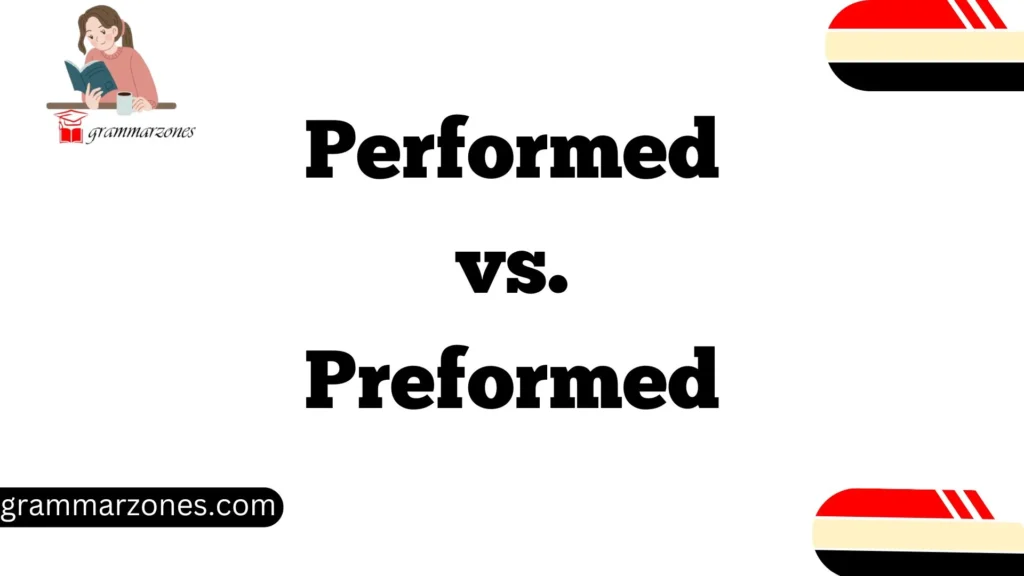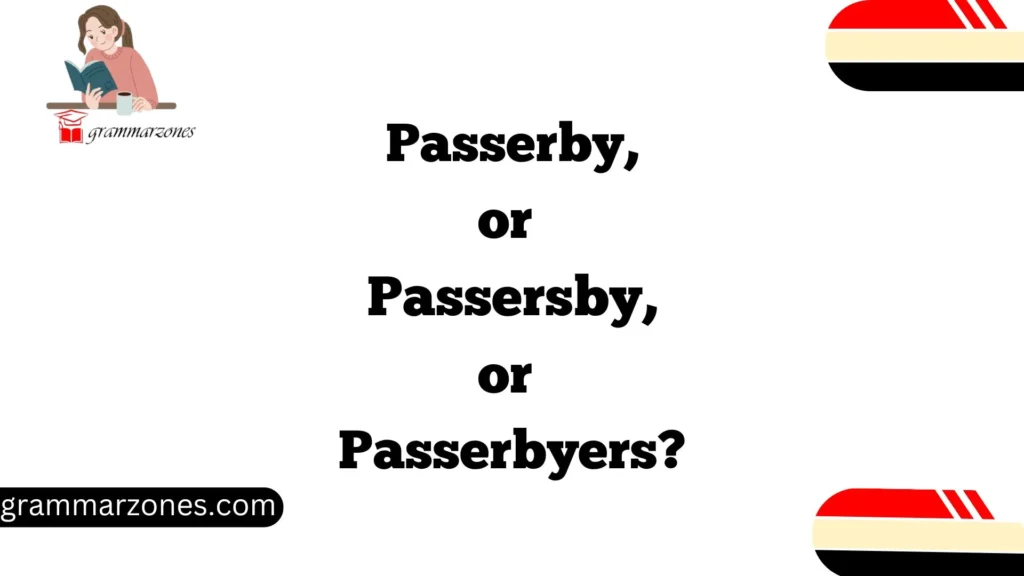You’ve probably heard someone use the phrase “per say” at some point. Maybe it was in a meeting, a casual conversation, or even in a professional email. But here’s the thing: “per say” isn’t just a typo—it’s a common mistake.
The correct phrase is actually “per se.” Let’s dive into why this little distinction matters, and how understanding the proper usage can make you sound more polished and authoritative.
In this article, we’ll not only clear up the confusion between “per say” and “per se”, but we’ll also explore their meanings, origins, common mistakes, and even how to avoid using them incorrectly.
Whether you’re writing a report, drafting an email, or speaking in a meeting, knowing how to use these expressions correctly will enhance your credibility and professionalism.
Is It “Per Say” or “Per Se”?
First things first: the correct phrase is “per se”, not “per say.” It’s a small detail, but understanding why it’s important can help you avoid common errors.
What Does “Per Se” Mean?
The Latin phrase “per se” translates to “by itself” or “in and of itself.” It’s used to indicate that something is being considered independently or in its purest form, without reference to other factors.
For example, imagine you’re in a meeting discussing a business proposal. You might say, “The proposal isn’t bad per se, but it needs more research.” Here, “per se” clarifies that the proposal itself isn’t flawed, but rather the execution might need tweaking.
Another example: “His comments aren’t offensive per se, but they could be misunderstood.” In this case, you’re highlighting that the comments, while not inherently offensive, have the potential for misinterpretation.
Why “Per Say” Is Incorrect
The confusion between “per say” and “per se” likely comes from how the two phrases sound. They’re pronounced almost identically, which is why many people mistakenly write “per say.” However, “per say” doesn’t exist in proper English—it’s a misheard version of “per se.”
A Simple Way to Remember
Here’s a quick tip to help you remember: Think of the phrase “per se” as referring to something “by itself”. If you’re thinking about “say” instead, ask yourself: Does the meaning of “say” fit the context of independence or purity? It doesn’t. The phrase “per se” is the only correct option.
What Does “Per Se” Actually Mean?
Let’s take a closer look at the meaning and usage of “per se”. It’s more than just a fancy way to sound intelligent—it adds clarity to your language by helping you express ideas about things in isolation.
Breaking Down the Meaning
As we mentioned earlier, “per se” means “by itself” or “in its own right.” It’s a way to isolate an idea or object from other surrounding circumstances.
Take the sentence: “The movie wasn’t bad per se, but the pacing was off.” Here, “per se” tells us that the movie itself wasn’t inherently bad—it was the pacing that was problematic.
How to Use “Per Se” Properly
The phrase works best in academic, legal, or professional writing, where precision is key. It’s used to separate an idea from its broader context, allowing you to specify exactly what you’re talking about.
For example:
- “The data isn’t flawed per se, but there are inconsistencies that need to be addressed.”
- “Her actions weren’t wrong per se, but they could be perceived as inappropriate.”
In both cases, “per se” emphasizes that the core subject isn’t inherently problematic; it’s the surrounding context or execution that needs attention.
Origin and Etymology: Where “Per Se” Comes From
Understanding the roots of “per se” adds a layer of expertise and authority to your writing. This expression has Latin origins, dating back to the Roman Empire. Latin, of course, was the language of law, science, and academia for centuries.
The Latin Roots
The phrase “per se” comes from the Latin words per (which means “through” or “by”) and se (which means “itself”). Together, they convey the meaning of something being considered in isolation, or by itself.
This Latin phrase entered English during the Middle Ages when many Latin terms were adopted in academic, legal, and philosophical contexts. The use of “per se” persisted throughout history in legal documents, scholarly papers, and academic discussions, where precision was necessary.
Common Mistakes and Misuses
It’s easy to slip up and use “per say” instead of “per se”, especially when the two phrases sound almost identical. Let’s take a look at a few common mistakes people make.
Mistake #1: Spelling It “Per Say”
The most common mistake is using “per say” instead of “per se”. As we discussed, this is a misspelling based on how the phrase sounds. Remember: “per se” is the correct version, and there’s no such thing as “per say” in standard English.
Mistake #2: Using It Incorrectly
Another issue arises when “per se” is used incorrectly. While it’s often used to indicate something by itself, people sometimes misuse it in a sentence where it doesn’t fit.
For example:
- Incorrect: “The system is per se inefficient, but there’s potential for improvement.” (This usage implies the system itself is inefficient, but the phrase doesn’t quite fit in this context.)
Instead, it would be more accurate to say:
- Correct: “The system isn’t inefficient per se, but there are areas where improvement is needed.”
Mistake #3: Overuse to Sound Smart
Many people try to sound more intellectual or authoritative by sprinkling “per se” into their writing or conversation, even when it’s not necessary. While this might work in some cases, overuse can come across as pretentious.
In casual conversations or informal writing, it’s often better to use simpler language. For instance, you could say “the problem is with” or “on its own” instead of using “per se” all the time.
When and How to Use “Per Se” Properly
To avoid misusing “per se”, it’s crucial to know when and how to use it. Here’s when “per se” is appropriate:
In Legal and Academic Writing
“Per se” is commonly used in legal and academic contexts to express precision. It’s particularly useful in cases where you need to explain that something is true in isolation, without considering external factors.
- Example: In legal discussions: “The act is not illegal per se, but its impact could be harmful.”
In Business Communication
Using “per se” in business communication is a great way to convey that something isn’t problematic on its own, but could present issues when viewed in context. It’s especially useful in presentations or reports.
- Example: “The idea isn’t flawed per se, but the execution needs refinement.”
In Everyday Conversation
While “per se” might sound intellectual, it’s also appropriate in informal settings when you want to convey clarity or separation of ideas. Just don’t overdo it!
- Example: “It’s not that I don’t like the food per se, it’s just too spicy for me.”
How to Spot and Fix “Per Say” in Your Writing
So, how can you spot “per say” in your own writing and fix it? It’s easier than you think!
Tip #1: Use Grammar Tools
Grammar checkers, like Grammarly or ProWritingAid, can catch small errors like “per say” before they slip through. These tools are great for checking spelling, but they also provide helpful context on whether you’re using the phrase correctly.
Tip #2: Search and Replace
If you’re editing a document or email, do a quick search for “per say” and replace it with the correct “per se.” This simple step can save you from embarrassing mistakes.
Tip #3: Read Aloud
Reading your writing aloud can help you catch mistakes. If “per say” sounds awkward or doesn’t make sense in the sentence, it’s probably time to correct it.
Other Latin Phrases People Get Wrong
While “per se” is one of the most common Latin phrases misused in English, it’s not the only one. Here are a few others to keep an eye on:
Et Cetera (Not “Excetera”)
“Et cetera” (meaning “and the rest”) is often mispronounced as “excetera.” The correct pronunciation is “et set-er-uh.”
i.e. vs. e.g.
- i.e. means “that is” or “in other words.”
- e.g. means “for example.”
Ad Nauseam
This phrase means “to the point of nausea” or “to an excessive degree.”
Wrap-Up: It’s Not Just Grammar—It’s Credibility
Small mistakes in your language, like using “per say” instead of “per se,” may seem minor, but they can affect your credibility. Whether you’re writing an email, preparing a presentation, or having a conversation, using the right expressions matters. It shows that you pay attention to detail and that you’re professional.
So, the next time you’re about to say “per say,” remember: It’s “per se,” and now you know exactly why!
FAQs Section
1. Is “per se” pretentious?
No, “per se” is not pretentious when used correctly. It’s a precise way to express ideas in certain contexts, especially legal or academic ones. Just be mindful not to overuse it.
2. Can I just say “in itself” instead of “per se”?
Yes, in casual conversation, “in itself” can often work as a substitute for “per se”.
3. Why do people say “per say” if it’s wrong?
“Per say” is a common mistake based on how the phrase sounds. It’s an example of how people mishear words and use them incorrectly.
4. How do you pronounce “per se”?
“Per se” is pronounced “pur say.” The key is to separate the words distinctly.

Grace Marie is the passionate mind behind GrammarZones.com, dedicated to helping writers, students, and professionals master the art of grammar and effective communication. With years of experience in language studies and a deep love for writing, Grace simplifies complex grammar rules, making learning engaging and accessible.






